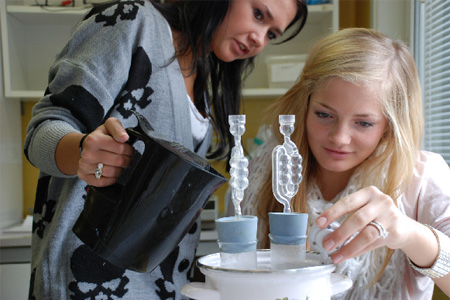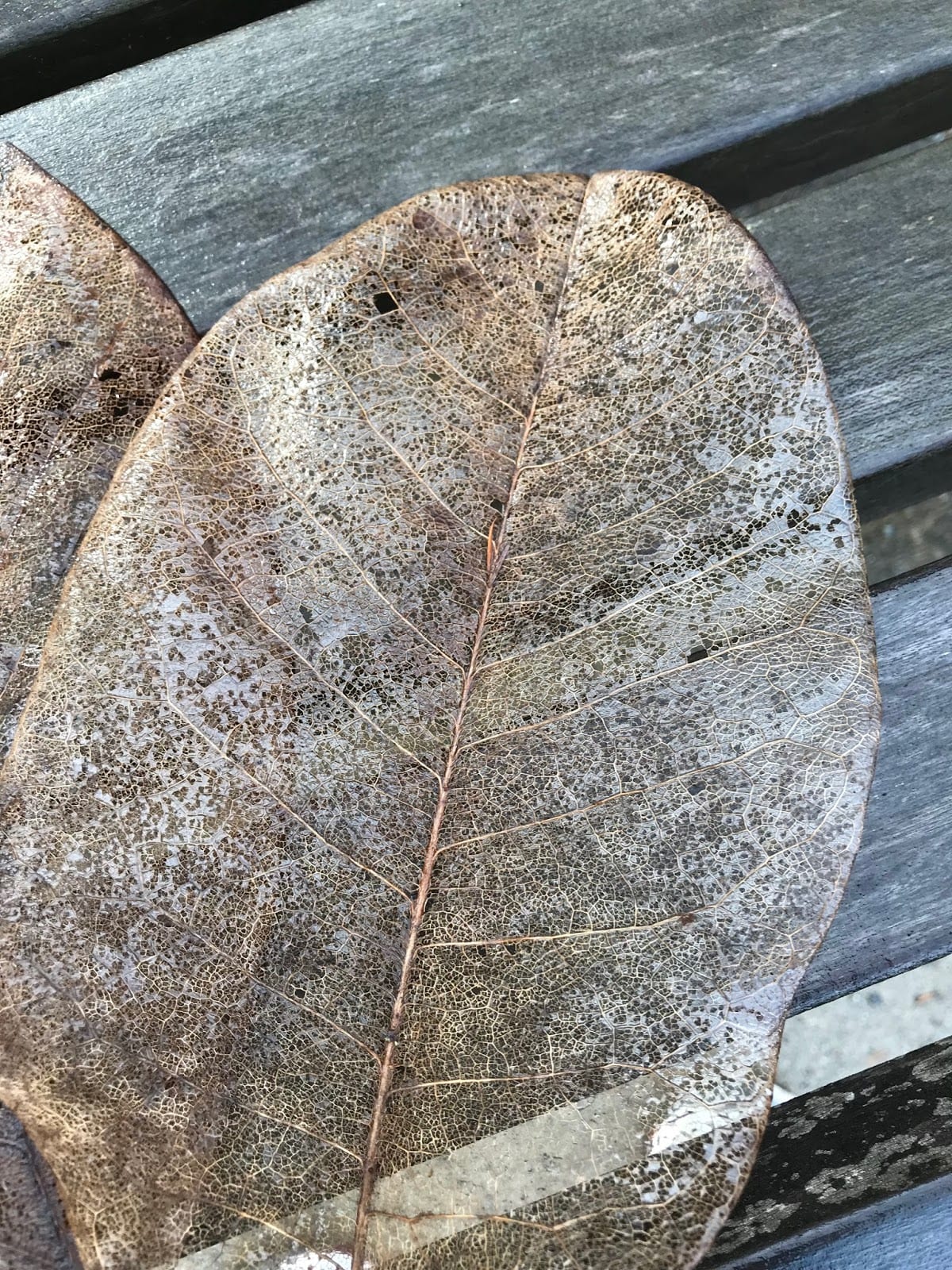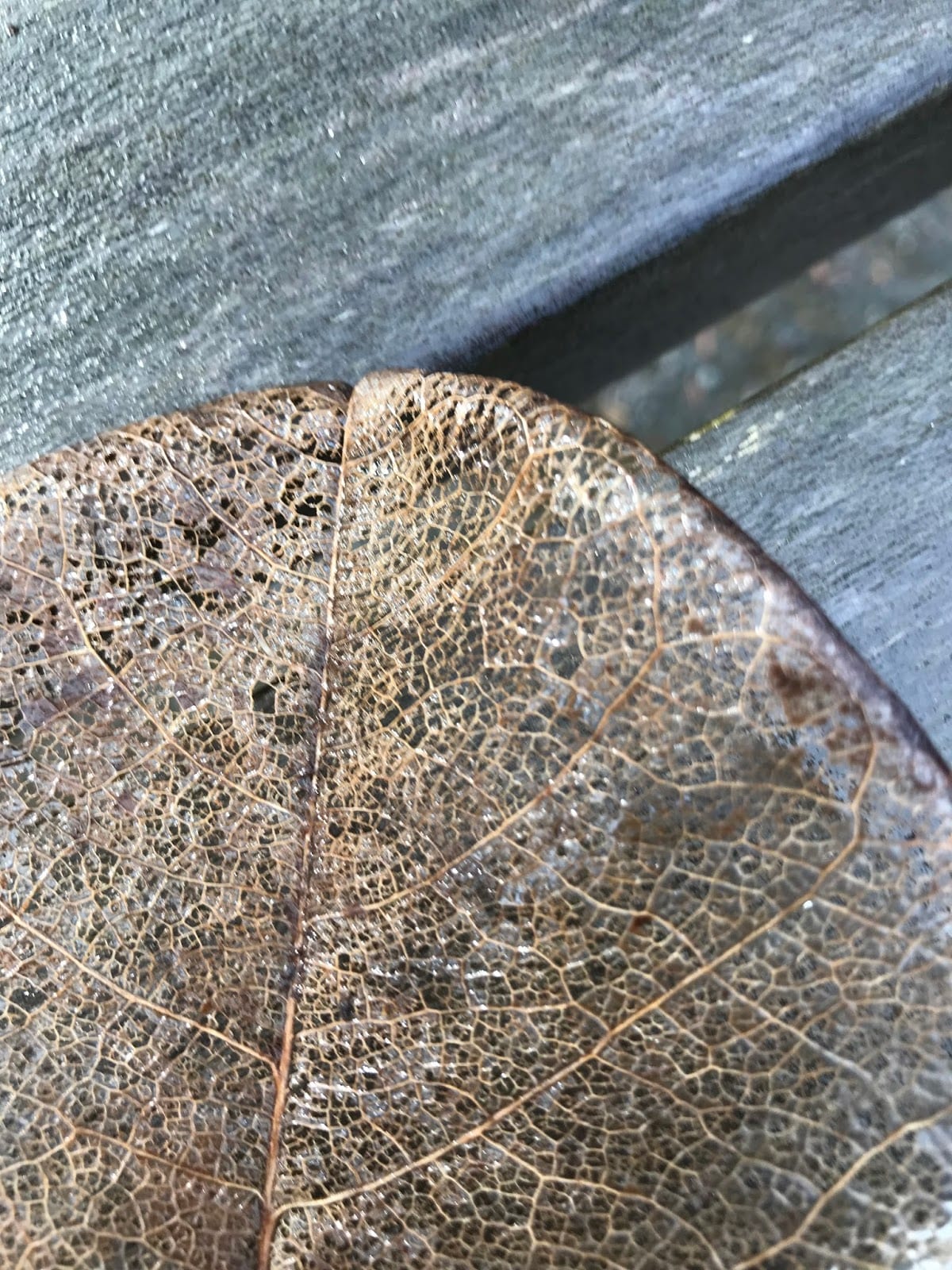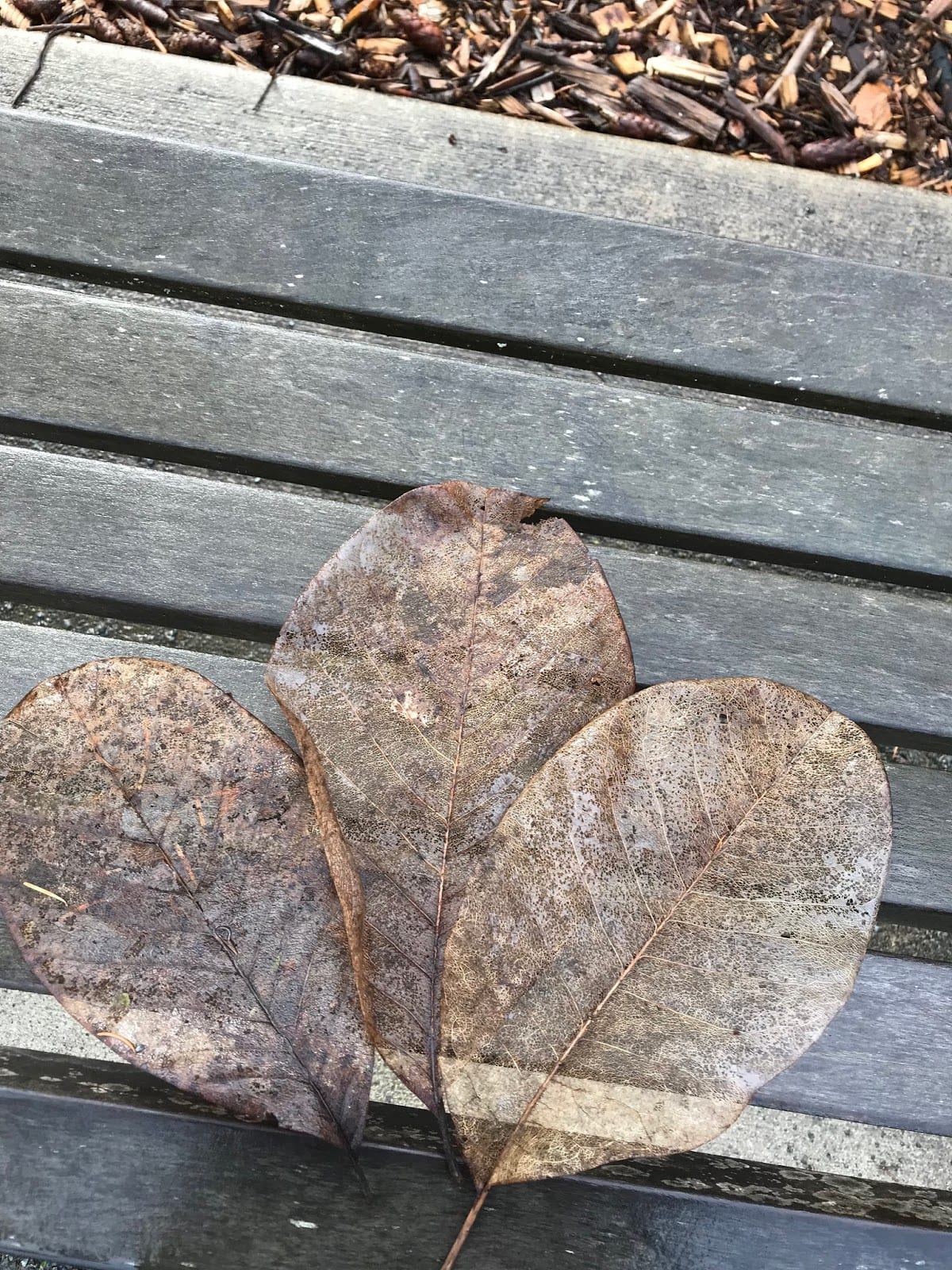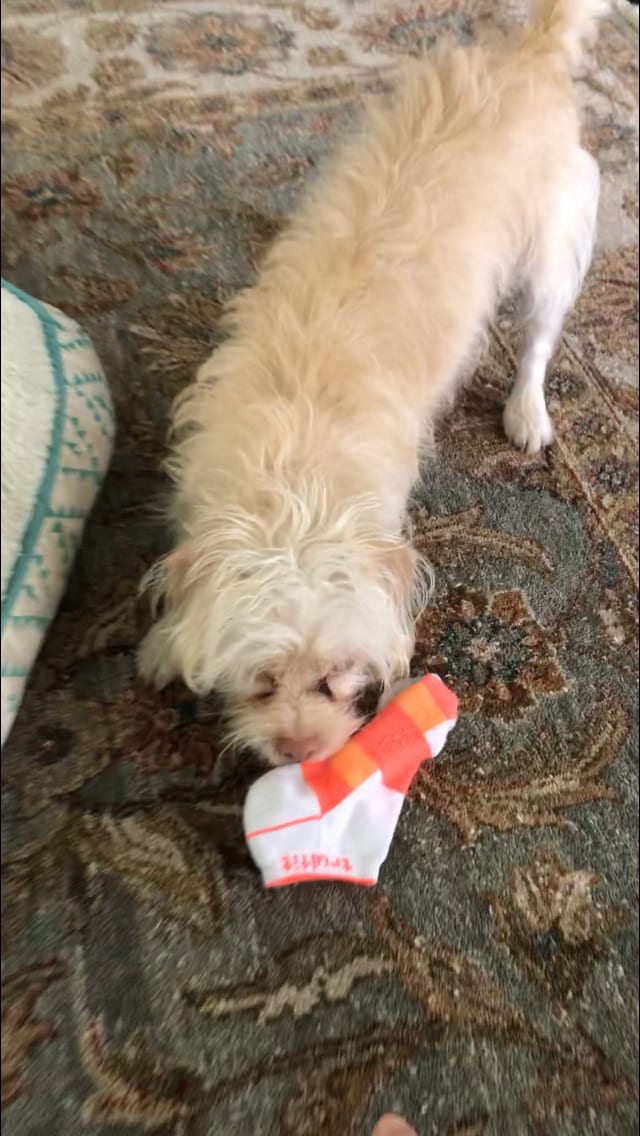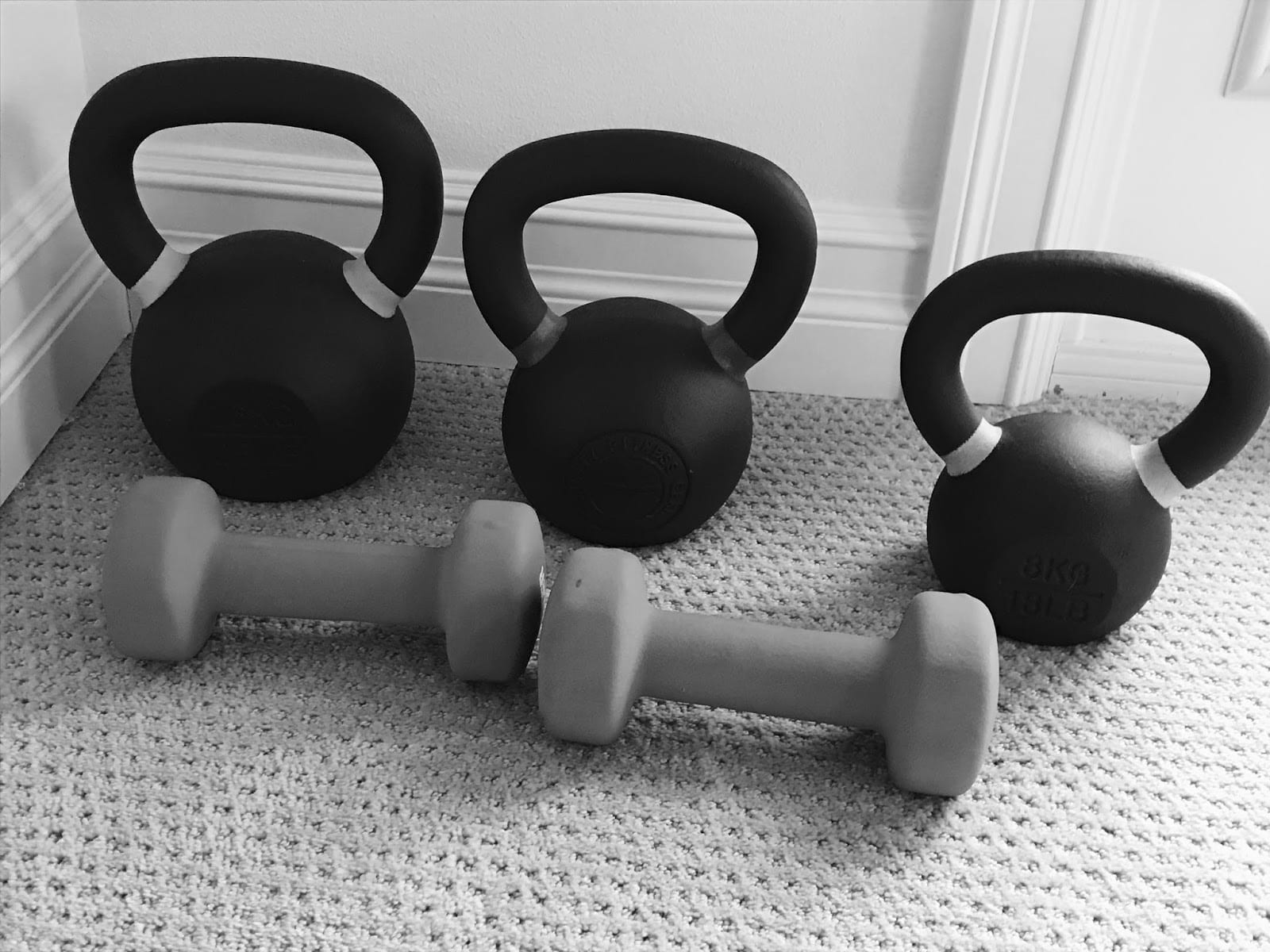
It is not like a rock in your shoe – rolling free in the arch where you can’t feel it until it somehow lodges beneath your heel and annoys you. It’s not like that. That is a memory from when I was seven and a neighbor kid stole my new bike. Pissing me off decades later, but really just an annoyance.
This is a virus that lives in my bones. A virus that comes roaring back to life and makes me feverish, weak, agitated like I’m covered in hives.
This is sexual assault.
The fact that I couldn’t sleep last night from the ache in my lower back. It’s not some metaphor or literary device – it’s the seat of my shame, of my pain, of my sexual assault. This is where it lives in me, dormant until triggered. Once released, it is overwhelming.
It is why I cannot watch the hearing of the Senate Judiciary Committee because that feels like drinking castor oil when you have the flu. Why would I want to make myself puke even more?
It is why, even though I’m not watching, I can’t stop crying.
It is why I took the dogs for a very long walk this morning; because movement makes me feel better – gives me the illusion that I am not trapped like I once was, or twice, or three times. Outside, headed for the park, at least I’m not in the car with my boss groping me – unable to get away because we’re on the highway and I’m buckled in and I need that job. At least I’m not in the dark back bedroom at the babysitter’s house, floating away in my mind while her 17-year old son does what he does to my 8-year old body.
There is a war between my bones and my mind that I cannot reconcile.
My mind wants me to tell, to release the stories, to join the #MeToo and #WhyIDidntReport movements – to add to the ground swell. It knows the power of story. It says it will make a difference.
My bones push back. They know that telling is not a guarantee of release. That doing so is not like picking that small rock out of my shoe and flinging it away. These stories will always be with me. They are a virus.
There is another part of me, a part whose name I don’t know, that is enraged. This part of me, she is furious at the idea that more stories will get us to some tipping point – that there is some magical number of reported rapes and molestations and assaults that will flip a switch, turn the tide, change the cultural narrative. She wonders why we have to continue to rip our scars open and present them to others to be believed. SHE IS ANGRY BECAUSE WE NEED THEM TO BELIEVE US. Because it means that we are captive again – trapped until they “believe” us and release us. Because it reinforces the power differential.
The stories live within us. Always.
It is why some of us drink too much, because numb is better sometimes.
It is why some of us cut ourselves, because the idea of release is so tempting.
It is why others deny themselves food or eat too much, because anything we can do to be in control of our own physical bodies feels like taking back power.
It is why some of us talk and talk and talk when we tell our stories, to still the questions waiting to tumble from your lips. Believe me, we’ve asked ourselves those questions over and over again and we still don’t have the answers. Because the answer lies outside us – with the perpetrators – while the pain lives inside.
And yet, no recounting of the story will matter if you’re not listening. If you are only waiting to turn this in to a philosophical debate or thought experiment, our stories will never matter, because your “What ifs” (she is lying/he was drunk/she was drunk/this is a setup/he thought he had consent/you’re not remembering right) are about you and your discomfort with our stories. Turning it in to a “conversation” means you’re not willing to listen to our lived experience. And if you’re uncomfortable with the details hitting your ears, imagine how we feel with them living in our bones.


